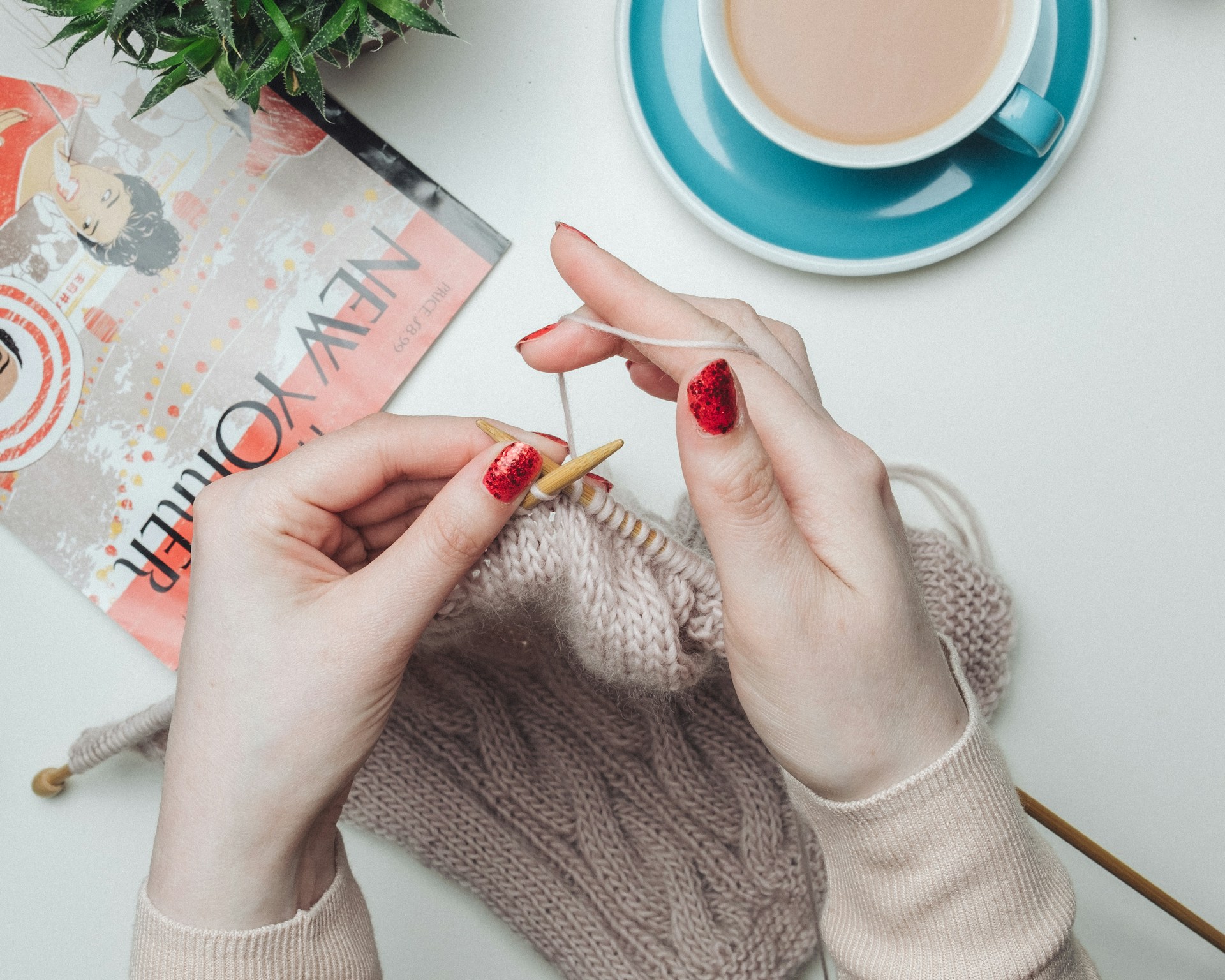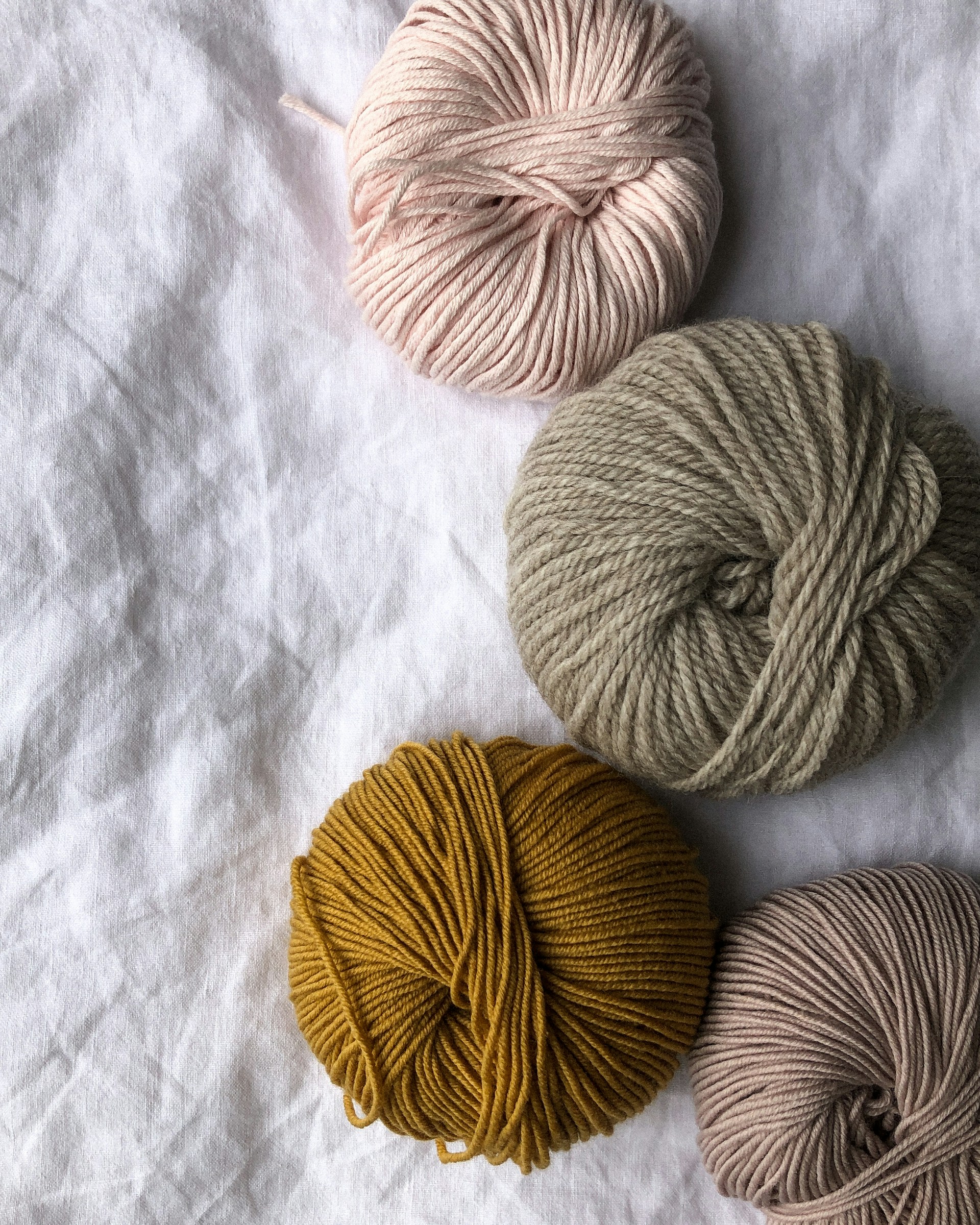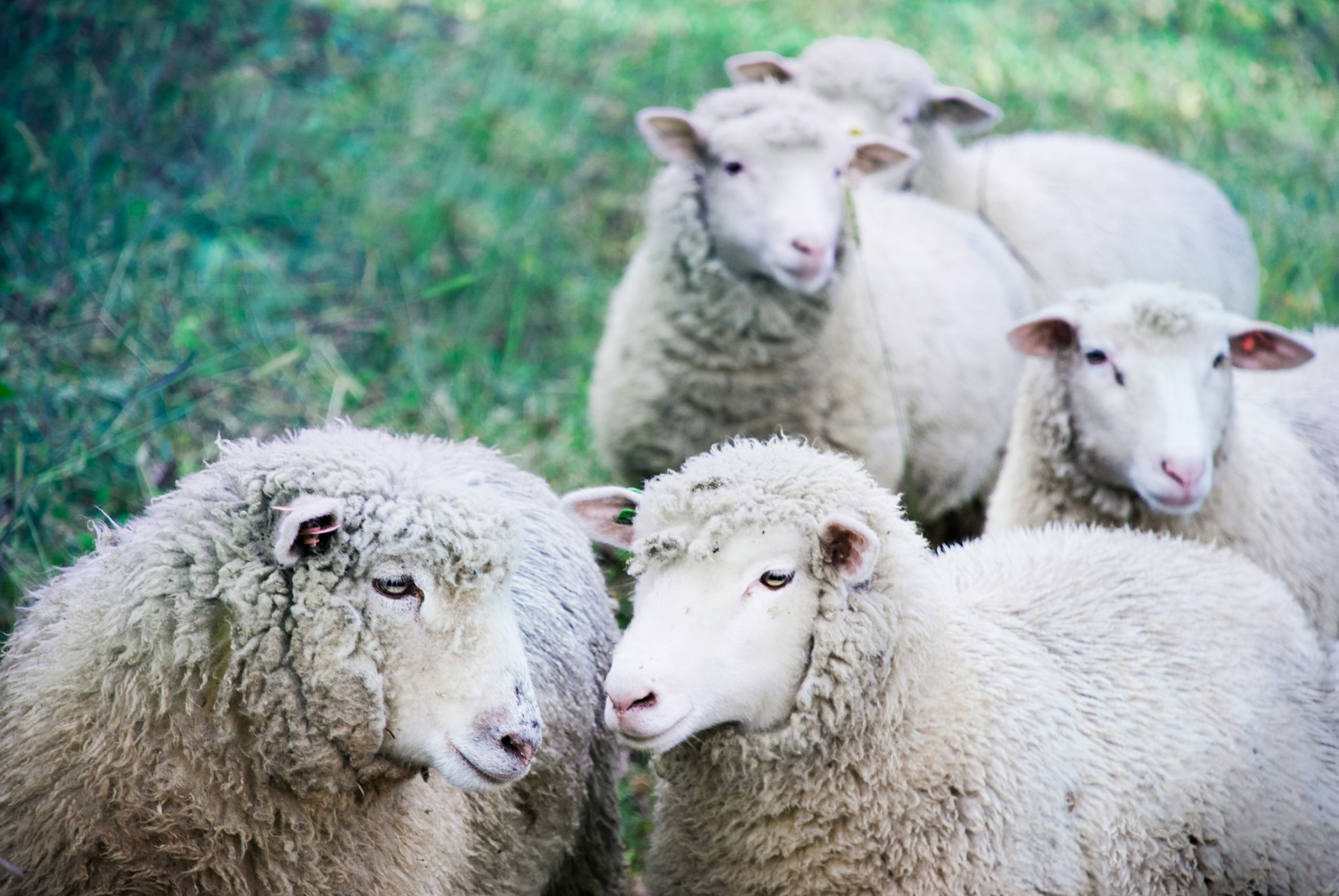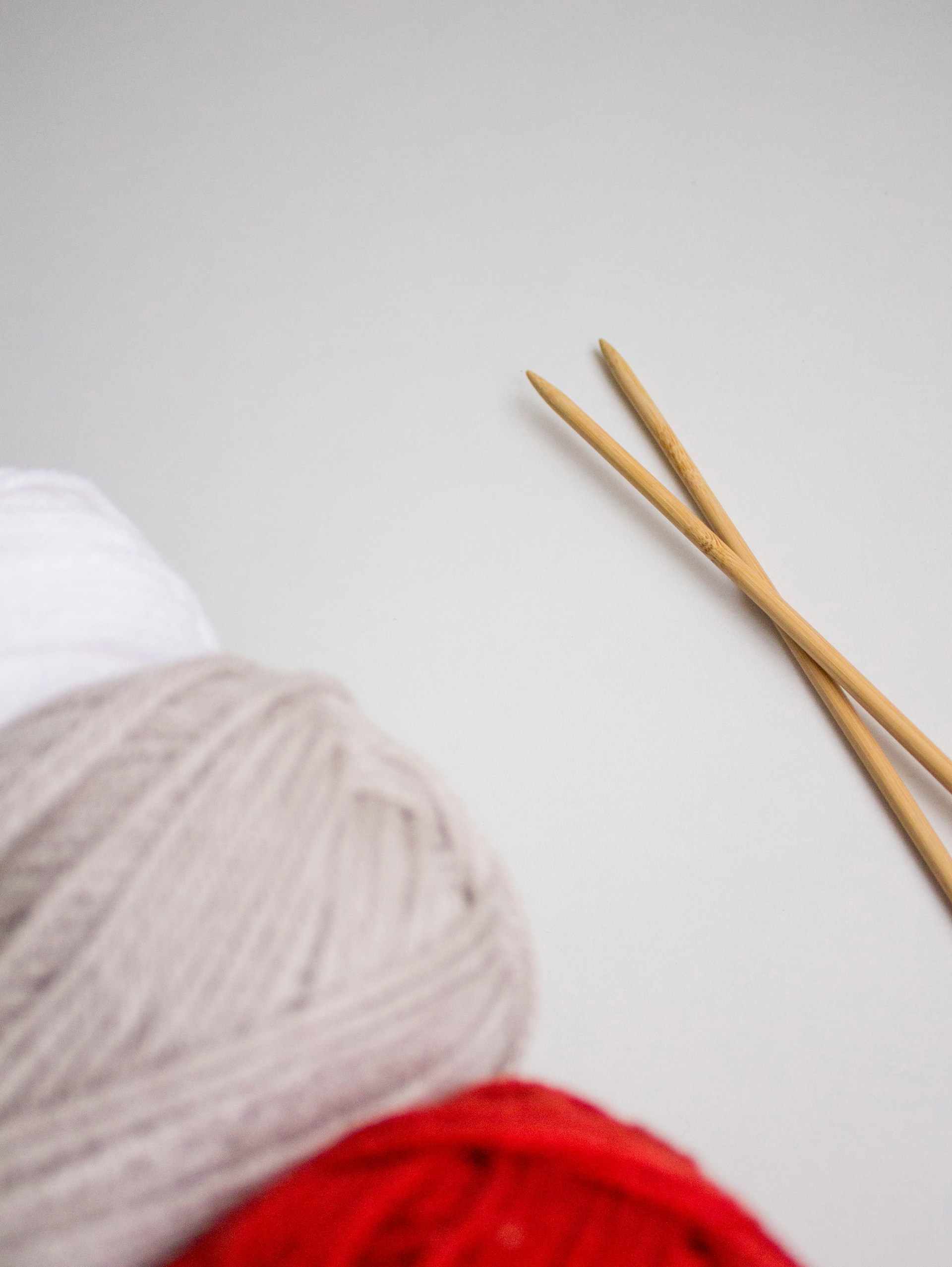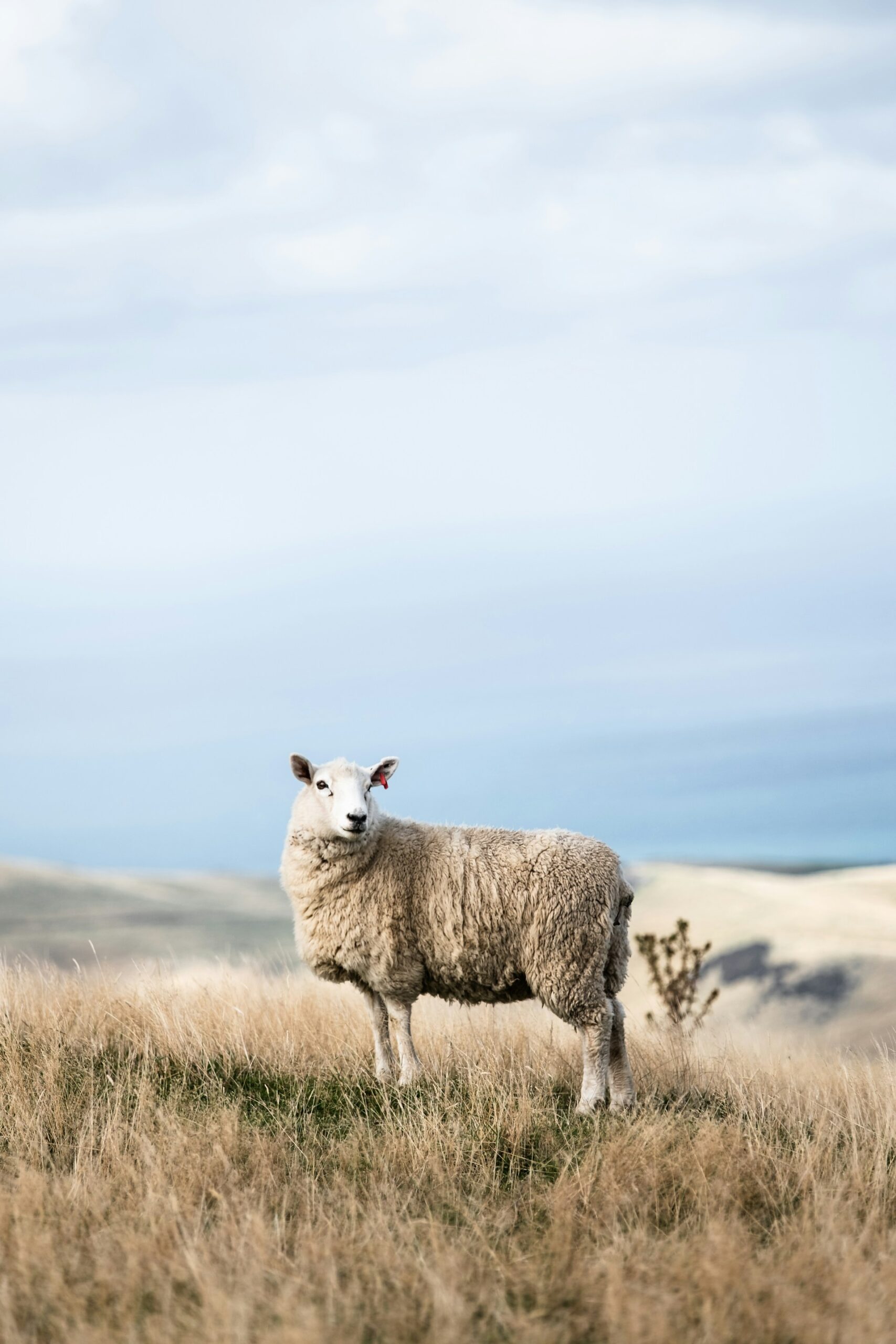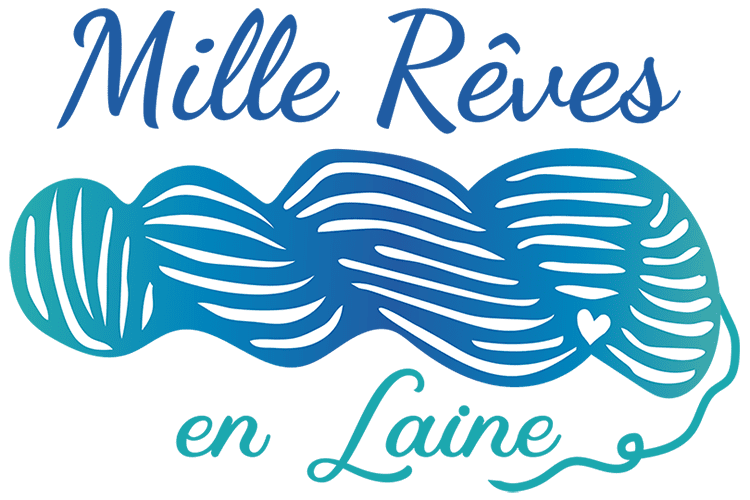Frequently Asked Questions
Do You Post to the UK?
I’m very sorry, but since the UK left the EU, I am unable to post orders to the UK.
Doing so is very time consuming to me because of the complicated Custom Codes required by the UK. There’s also a chance that you will be charged a fee by the customs office if they deem this necessary. If this situation ever changes, I will announce it in my newsletter.
What is ‘Superwash’ yarn?
To answer this most Frequently Asked Question, I’ve researched carefully into the newest Superwash treatments and have checked the Superwash processes used for the undyed yarns I buy from my yarn supplier.
Although it’s easy to find blog posts about the Superwash process, most are quite old and give an outdated explanation, (and criticism), of Superwash treatments. It’s important to understand that Superwash treatments and processes have changed enormously over recent years and that modern methods DO NOT involve coating the wool strands in plastic. Neither are by-products from the process left in the water discharged back into the water systems.
When a yarn is described as ‘Superwash’, it has had a treatment applied to the wool fibres which makes them behave differently.
To understand why we might buy Superwash yarn, it’s useful to know a bit about how untreated wool fibres behave:
• Because wool fibres have tiny scales that open out and become interlocked when rubbed together, wool is prone to pilling. Those little balls of wool fibres you get on some of your wool garments are ‘pills’. This isn’t a massive problem as the pills can be removed gently by hand if you watch out for them. Some types of yarn pills more than others – with BFL wool being very unlikely to pill and superfine lamb’s wool most likely to pill.
• Untreated wool can easily shrink and/or felt and ruin a carefully hand- knitted or expensive bought garment in moments. Again, this happens because of those tiny scales rubbing together, especially when washed too rigorously or when exposed to rapid changes in water temperature.
• Hand-dyeing wool requires the water in the dye bath to reach high temperatures. Hand-dyeing untreated wool is more difficult than hand-dyeing Superwash treated wool – it takes more time to get to the correct temperature and takes a lot of skill from the hand-dyer because it is prone to felting. Those tiny scales again!
What is ‘Superwash’ treatment?
The Superwash treatment prevents scales on wool interlocking. The treatment uses a two-stage process:
1. A chlorine treatment dulls the edges of the scales, reducing the capability of the scales sticking together.
2. A micro-fine web-like resin structure is permanently bonded to the wool. The resin is biodegradable and breaks down with the wool when its useful life is over. This resin smooths the scales onto the shaft of the fibre, which prevents the scales opening out, makes the yarn feel smoother, improves dye absorption and prevents felting.
What are the Benefits of Superwash Wool?
There are many benefits to using Superwash wool – both to crafters and to the environment:
• Garments can safely be machine washed – as long as the wool-cycle is used.
• Garments have a longer lifespan because accidental felting and shrinking is unlikely – this means they can be worn for longer; become family heirlooms; be passed on to charity organisations, or even unwound and the yarn used again in a new garment.
• Modern washing machines use less water than hand-washing – this reduces the environmental impact of the garment.
• It gives wool a softer feel against the skin.
• It dyes easily and is ideally suited to hand-dyeing because it requires less water to dye and can withstand the high temperatures needed to fix acid dyes to the wool – as long as the hand-dyer is experienced.
Is Superwash yarn from ‘MReL’ Eco-friendly?
My yarn supplier is very particular about where their different yarns are Superwash treated. The resin used on all their wools has a weak structure. This means it breaks down very quickly, leaving no residues, and biodegrades very quickly in composting and marine environments.
All their Superwash treated yarn that contains British wool is treated in UK in a Superwash treatment plant with an owner who has a PhD in this area. He investigates and trials new ideas and employs the most up-to-date Superwash techniques.
The Non-UK yarns are Superwash treated in Peru by companies with the EU Flower and OEKO-TEX 100 certification.
Both countries have extremely strict laws controlling effluent in waste water. As a result, the effluent is recycled and discharged water is actually cleaner than tap water!
The Superwash process has a chemical, water and energy footprint – but no-where near the way that it did in the past and research is always improving this. Also, the reduced water and energy required because garments can be washed by machine, and the extra wear the garment will receive, which means it is less likely to end up in landfill, make me lean towards Superwash yarns for most of my knitting, crochet and fine weaving. However, I feel that each individual needs to consider the pros and cons when deciding if Superwash yarn is right for them.
Are there any downsides to Superwash yarns?
Personally, there are garments which I like to knit with non-Superwash yarn:
• For knitting bigger, chunkier cables, such as those in jumpers, I prefer to use non-Superwash wool because the scales on the untreated wool help the cables to cling together. In fact, pure wool is my go-to choice..
• For colour work, such as intarsia and Fair Isle, I find that the scales on the untreated wool not only help the wools to cling together, but make the finished effect have a more ‘blended’ look.
• I like the slightly more rustic feel of non-Superwash wool in knitted hats and mittens – they just seem more wintery.
What Is Tencel? SEO Tencel and Lyocell
• Tencel® is a brand name, owned by Lenzing Fibers of Austria. The filaments used for producing Tencel® yarn are from a fibre generically called Lyocell.
• Tencel® yarn is fine and extremely strong. It’s an excellent alternative to silk because it’s light-weight, luxuriously soft, has a lovely gleam and drapes beautifully. I use Tencel® in my own knitting and weaving instead of silk, (which I am personally opposed to), and love it’s ‘silkiness’.
• Tencel® yarn, like wool, is also breathable, efficient in regulating moisture, adapts to the temperature on the skin,is naturally wrinkle-resistant, and environmentally sustainable. What’s not to love?
How Is Tencel Yarn Made?
• To make this fibre, the wood pulp is first dissolved in a non-toxic solvent.
Is Tencel Yarn an Eco-friendly Product?
• Tencel® also has excellent environmental credentials: the fibres are certified with the EU Ecolabel for textile products. The label is awarded to products that meet very high environmental standards.
• Lyocell is a man-made cellulosic fibre spun from wood pulp sourced from sustainably managed forests and plantations. These are controlled or certified wood sources. It’s a fossil-free alternative to conventional synthetic materials.
• The solvent used to digest the wood pulp is non-toxic and approximately 99% is recovered and recycled during the manufacturing process. This mixture is then put through special spinning process to produce long, continuous fibre strands. Waste products in the air and water from the manufacturing process are minimal and considered harmless.
• Lyocell is made using a resource-saving closed-loop production process; uses less water than other wood pulp sources; and any water it does use is cleaned and fed back into the system.
• Because it’s a cellulosic fibre, Tencel® yarn can be recycled and is biodegradable. It can be recycled, incinerated, or digested in sewage. The fibres will usually degrade completely in just eight days in waste treatment plants. The fibres in the yarn are certified as compostable in home and industrial conditions and biodegradable, in soil, freshwater and marine environments.
